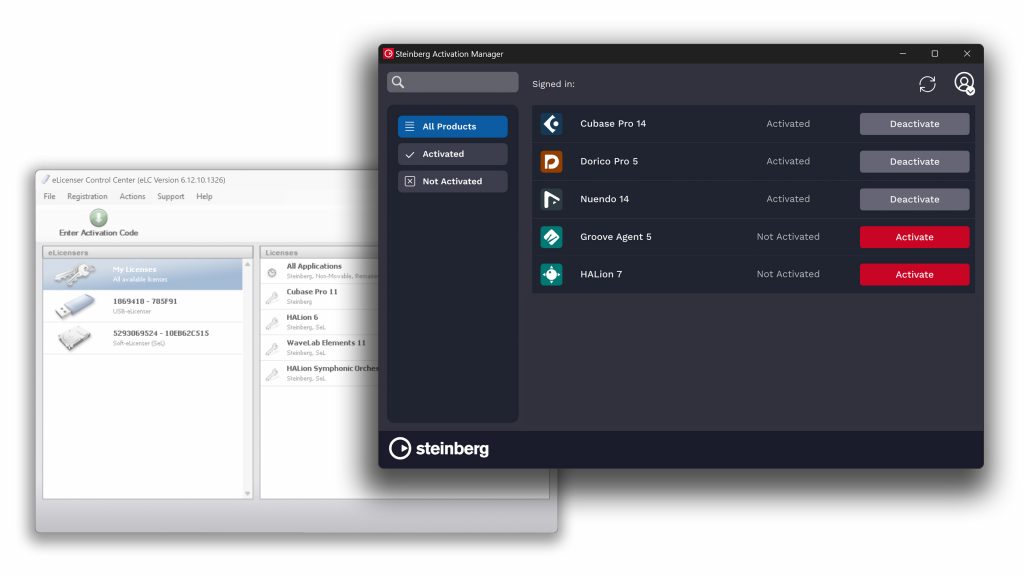e-instruments announce the release of SLOWER, an innovative instrument library for NI Kontakt Player that offers music producers and composers a...
Month: October 2024
Once in a while you find this very special instrument. It might even be so special that...
PRESS RELEASE Cherry Audio, a leading innovator in music software development, is excited to announce the release...






